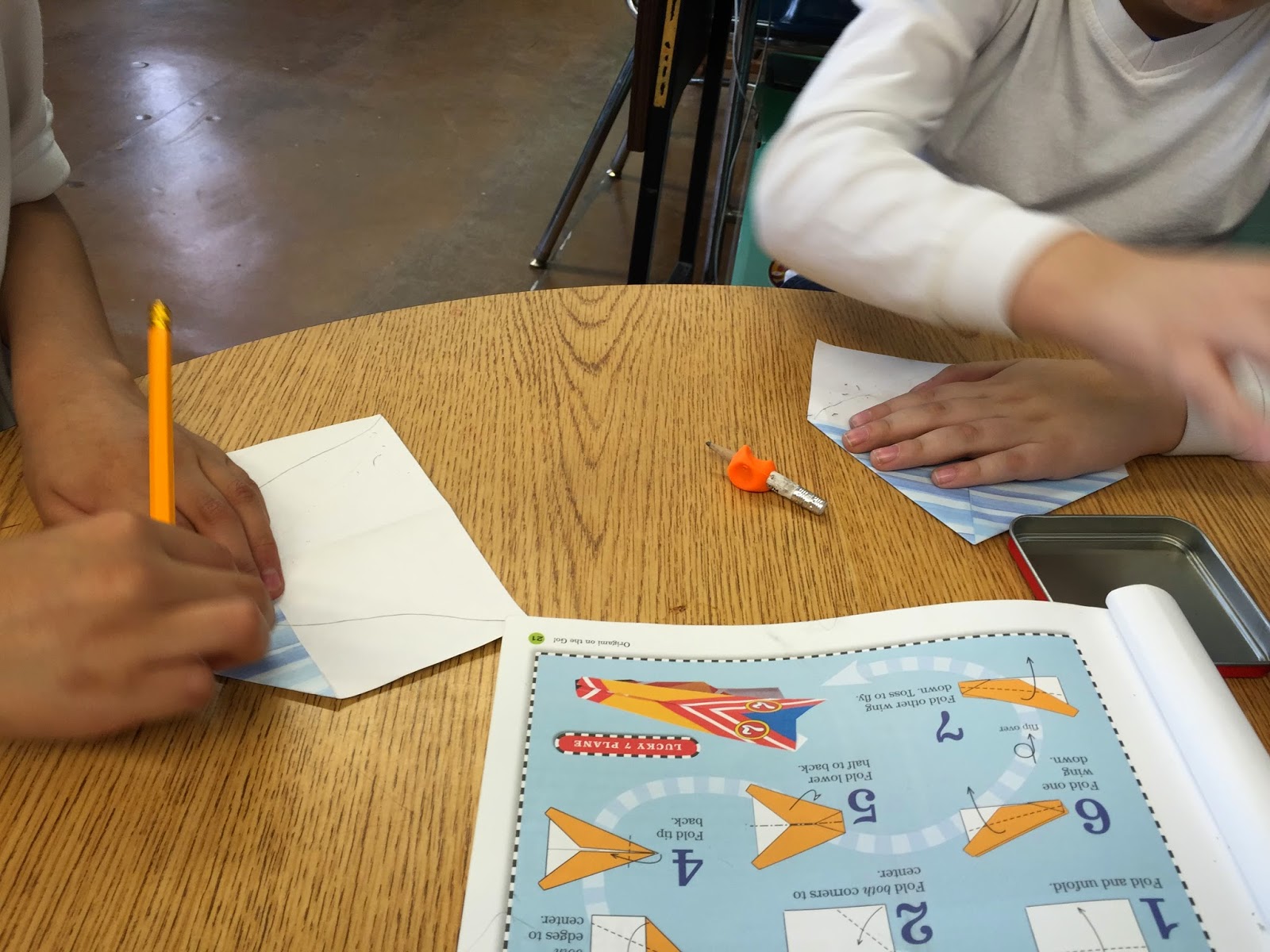 This is one of the frequently used therapy activities. You can simply make a track with masking tapes. When you make the track, try to make some left and right turnings. You can do many things with this maze.
This is one of the frequently used therapy activities. You can simply make a track with masking tapes. When you make the track, try to make some left and right turnings. You can do many things with this maze.
(I wouldn't use the duck tapes because it is not easy to take off the duck tapes after use. It sometimes leave the sticky residue on the floor.)
In this picture, my first grader is trying to kick the cone right along the line. In the next picture, the same student tries to dribble the ball along the track.
Obviously the cone does not roll away from him and he shows better control on the cone. However, it is not the same experience with the rolling ball. He has to do the little kicks and stops the ball continuously.
This activity enhances visual motor skills, visual attention skills, and motor coordination skills. And kids surely have fun. Regardless of their difficulties or conditions, kids love challenges and play time.
These are my second graders. One student is walking on the track with the blindfold and another student tries to give directions to the student. This is a great activity to learn directionality, left and right side. The one who gives directions also has to know the directions in mirror image.
This activity can enhance their laterality (knowing left and right side in his body), directionality (telling left and right side in space), listening and following directions.
Are you thinking of the size of your apartment? Yes, my apartment is also very tight and I totally understand this activity is not feasible at home. You can draw the track with the outdoor chalks in the park. You can make a big and long track with your child. There should be no excuses when the weather gets warmer. Have fun!!


















































